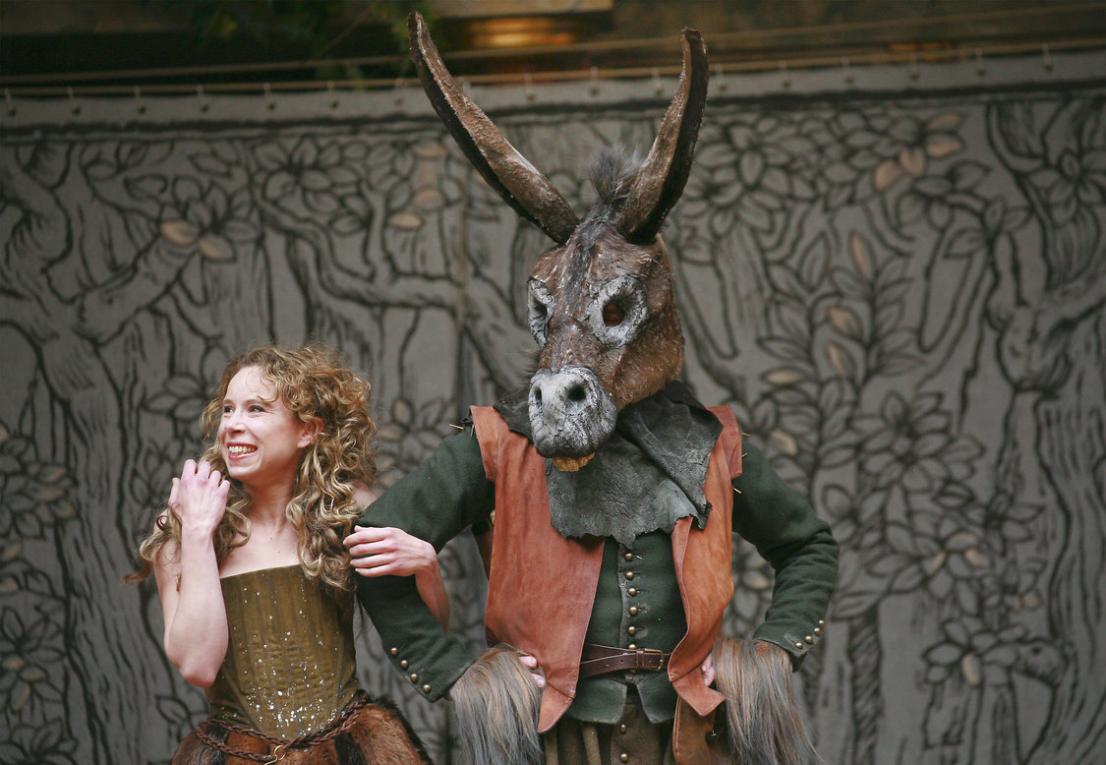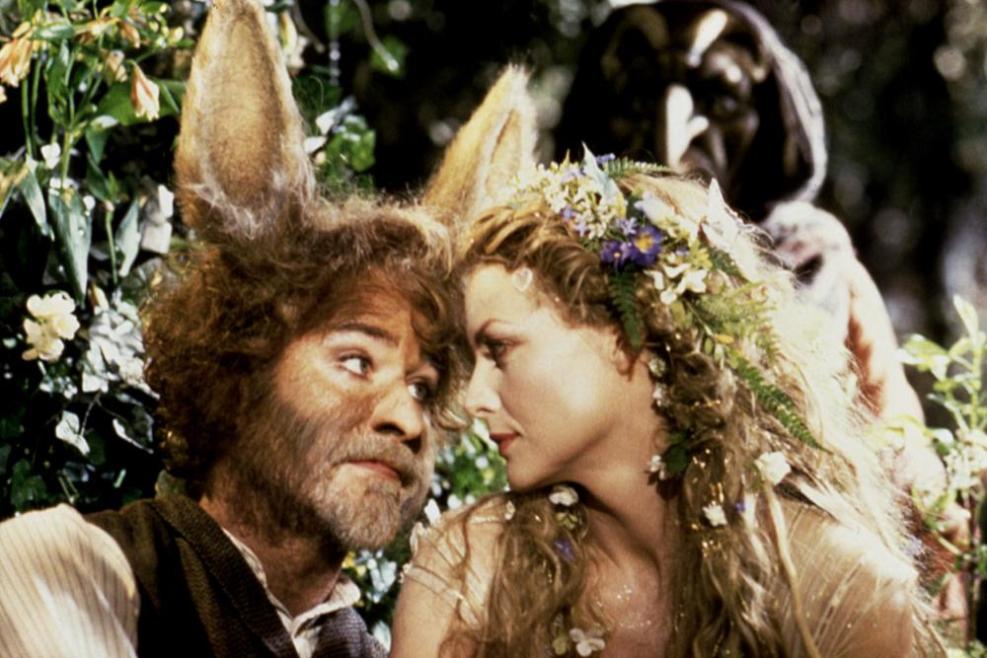How Has A Midsummer Night's Dream Been Adapted and Performed Throughout History? How Have Different Interpretations of the Play Reflected Changing Cultural and Social Values?
A Midsummer Night's Dream, one of William Shakespeare's most beloved comedies, has captivated audiences for centuries with its enchanting tale of love, magic, and mistaken identities. Throughout history, the play has been adapted and performed in countless ways, each interpretation reflecting the cultural and social values of its time.

Different interpretations of A Midsummer Night's Dream have reflected changing cultural and social values throughout history.
I. Early Adaptations And Performances
Early Modern England:
- The play's original context: Performed at court and in public theaters during Shakespeare's time.
- Adaptations for the court: Changes made to suit the tastes and values of the royal audience, often emphasizing spectacle and elaborate costumes.
- Changing interpretations: Over time, the play's meaning and themes evolved, reflecting changing social and political conditions.
II. 19th-Century Adaptations And Performances
The Romantic Era:
- Emphasis on the play's beauty, imagination, and escapism, reflecting the Romantic movement's focus on the individual and the natural world.
- Adaptations that highlighted the play's dreamlike qualities and its exploration of love and desire.
Victorian Era:
- Adaptations that reflected the era's moral and social values, often emphasizing the play's comedic elements and downplaying its more bawdy aspects.
- Changing attitudes towards fairies: From mischievous creatures to symbols of innocence and purity, reflecting the Victorian fascination with the supernatural and the occult.
III. 20th-Century Adaptations And Performances
Modernist Interpretations:
- Exploring the play's psychological and subconscious dimensions, reflecting the influence of psychoanalysis and the exploration of the inner self.
- Adaptations that emphasized the play's darker elements, such as the violence and irrationality of love.
Postmodern Adaptations:
- Deconstructing the play's traditional meanings and structures, reflecting the postmodern emphasis on fragmentation and ambiguity.
- Adaptations that challenged traditional notions of gender, sexuality, and identity.
Cross-Cultural Adaptations:
- The play's themes and characters reimagined in different cultural contexts, reflecting the globalization of culture and the increasing interconnectedness of the world.
- Adaptations that explored the play's universal themes of love, magic, and transformation.
IV. Contemporary Adaptations And Performances
- Recent trends in A Midsummer Night's Dream adaptations: A focus on diversity, inclusion, and social justice.
- Examples of contemporary adaptations that reflect current cultural and social values, such as adaptations that explore issues of race, gender, and sexuality.
- The play's continued relevance in the 21st century: Its enduring themes and adaptability make it a powerful tool for exploring contemporary social issues.
V. Conclusion
A Midsummer Night's Dream has proven to be a remarkably adaptable play, capable of reflecting the changing cultural and social values of each era in which it is performed. Its enduring popularity is a testament to its universal themes of love, magic, and transformation, which continue to resonate with audiences around the world.

The play's ability to be reinterpreted and reimagined makes it a valuable tool for exploring contemporary social issues and promoting dialogue about important cultural and social values. As the world continues to change, it is likely that A Midsummer Night's Dream will continue to be adapted and performed in ways that reflect the values and concerns of new generations.
YesNo

Leave a Reply